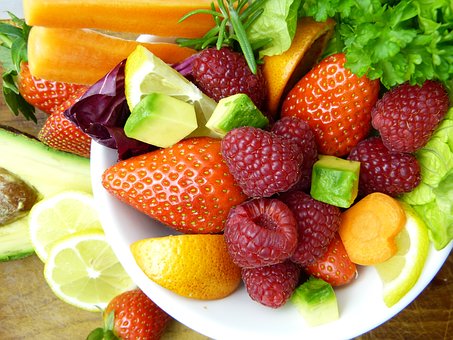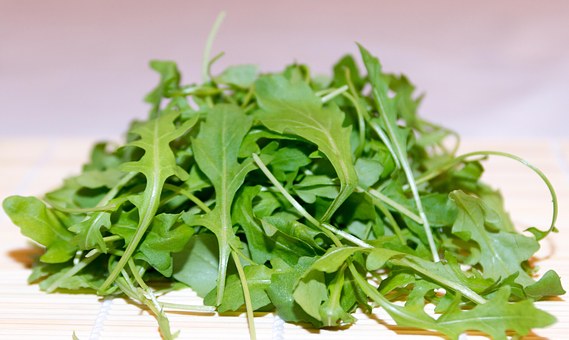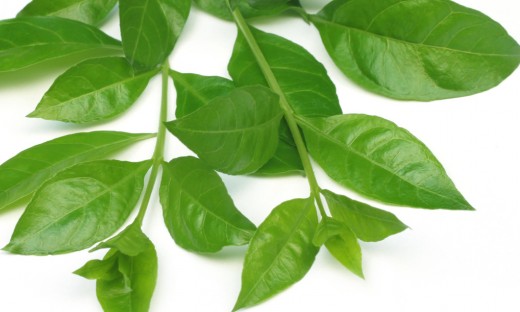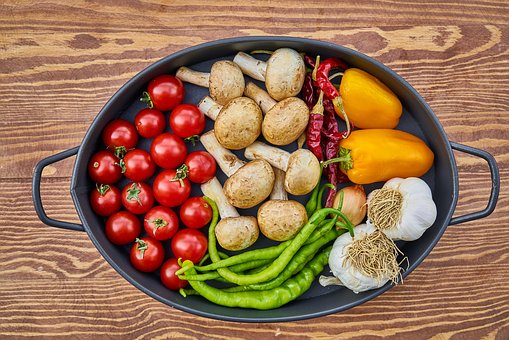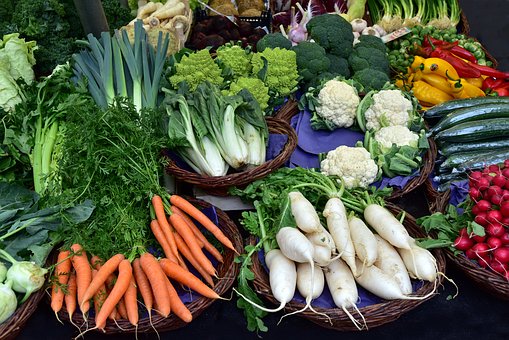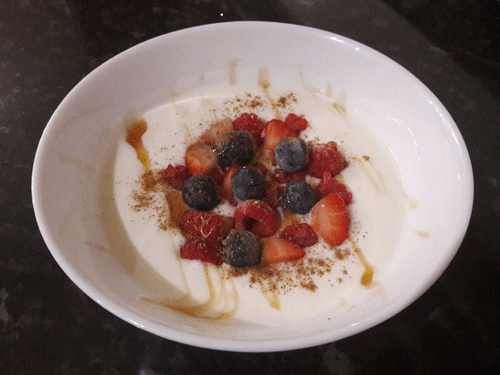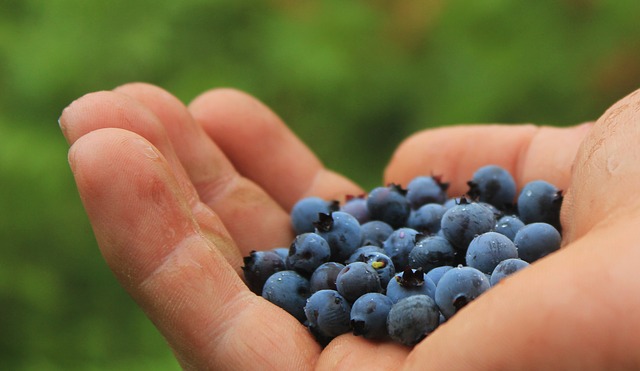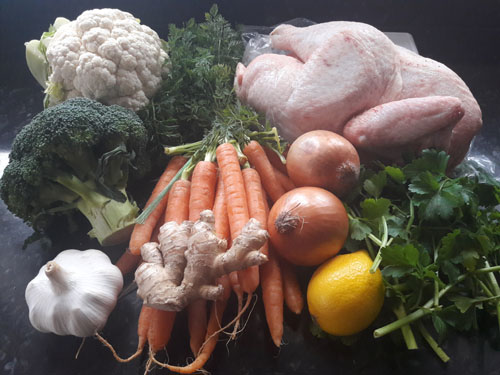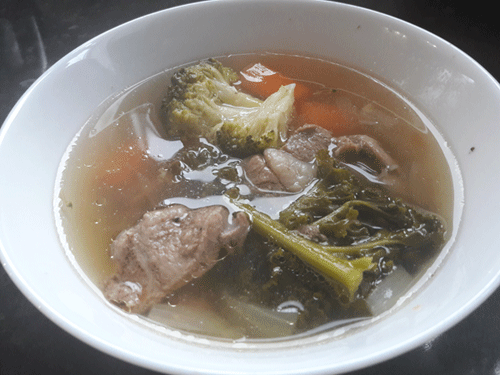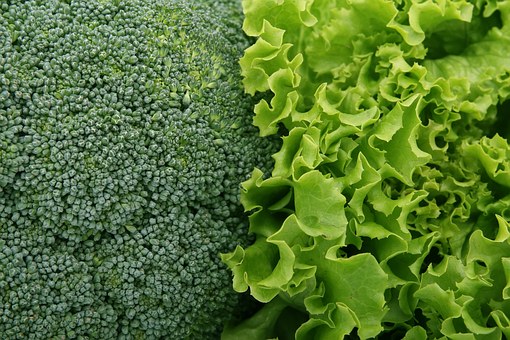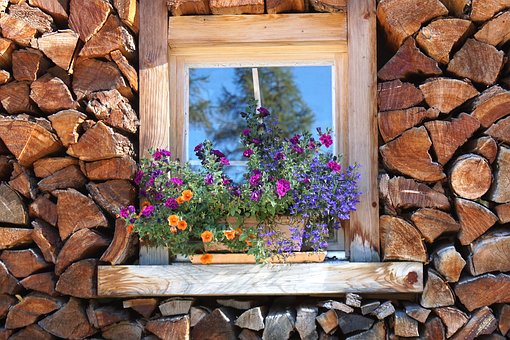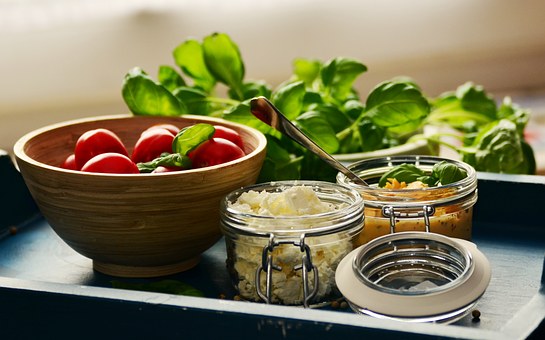Grow Your Own Organic Fruit and Vegetables: Kitchen Herbs

Herbs can be grown outside in the garden, in containers, in hanging baskets or indoors on a sunny windowsill. It is a good idea to situate the herbs close to the kitchen for easy access, but any spot that gets sunlight is suitable.
To save time, ready-grown herb plants can be bought from a garden centre or specialist supplier.
What to Grow
Herbs commonly grow in two different ways: annual and perennial. Annual plants last one growing season and die when the temperature hits freezing. Examples include basil, dill, coriander and parsley. Perennial plants, on the other hand produce new stems year after year. Examples include thyme, mint, chives, sage and tarragon.
It is a good idea to clump herbs that grow in a similar way together. This will make it easier when replanting new herbs.
- Parsley: this is a biennial, which means that it grows for two seasons and then dies and needs to be replaced. Flat-leaved parley has a stronger flavor than the curled leaf varieties.
- Coriander: this is a great example of a cut-and-come-again herb, and will last all summer if sowed in succession every few weeks.
- Mint: one plant should suffice; mint has a tendency to overrun the whole garden.
- Basil: this herb has many different varieties; choose one to suit your cooking preferences.
- Chives: these have a mild onion flavor but some gardeners prefer garlic chives; the leaves and stalks are snipped and used to flavor dishes.
- Dill: like basil and coriander, dill will need to be planted consecutively during the growing season to keep a fresh supply of leaves. It is a perfect accompaniment to fish dishes.
Keep the herbs in warm sunlight and water regularly. To ensure you have lots of new leaves, pick regularly from the tips of plants, which stimulates new growth. As herbs are cut-and-come-again plants, with frequent picking most herbs can be harvested for several months.
Begin harvesting from the herbs as soon as they are mature, but take only a little bit each time you harvest. If you remove more than a third of the plant at one time, it will take longer to recover and produce new foliage.
By late autumn, annual herbs such as basil and coriander will begin to die and can be discarded. Perennial herbs such as mint, thyme or chives will die back, but will re-grow in the spring. Pots or containers should be protected during frost and ideally brought indoors.
Link to this article: Show: HTML Link • Full Link • Short Link
Share or Bookmark this page: You will need to have an account with the selected service in order to post links or bookmark this page.





|
Related Articles:
- Six Reasons to Grow Your Own Food
- Ten of the Most Powerful Healing Herbs and Spices
- Adding Herbs and Spices to Meat Cuts Cancer Risk
- Growing Fruit, Vegetables and Herbs in Containers
- Some Herbs to Grow with Medicinal and Culinary Benefits
- Grow Your Own Organic Fruit and Vegetables: Kitchen Herbs
- Grow Your Own Organic Fruit and Vegetables: Introduction
You must be registered and logged in to comment.
Most Popular
Latest Articles
Popular Subjects
Health, fitness and longevity
Based upon the principles of health
in the Qur'an and Prophetic Traditions.
HealthyMuslim.Com
There are two bounties in which
most people lose out: good health
and free time. Al-Bukhari.





